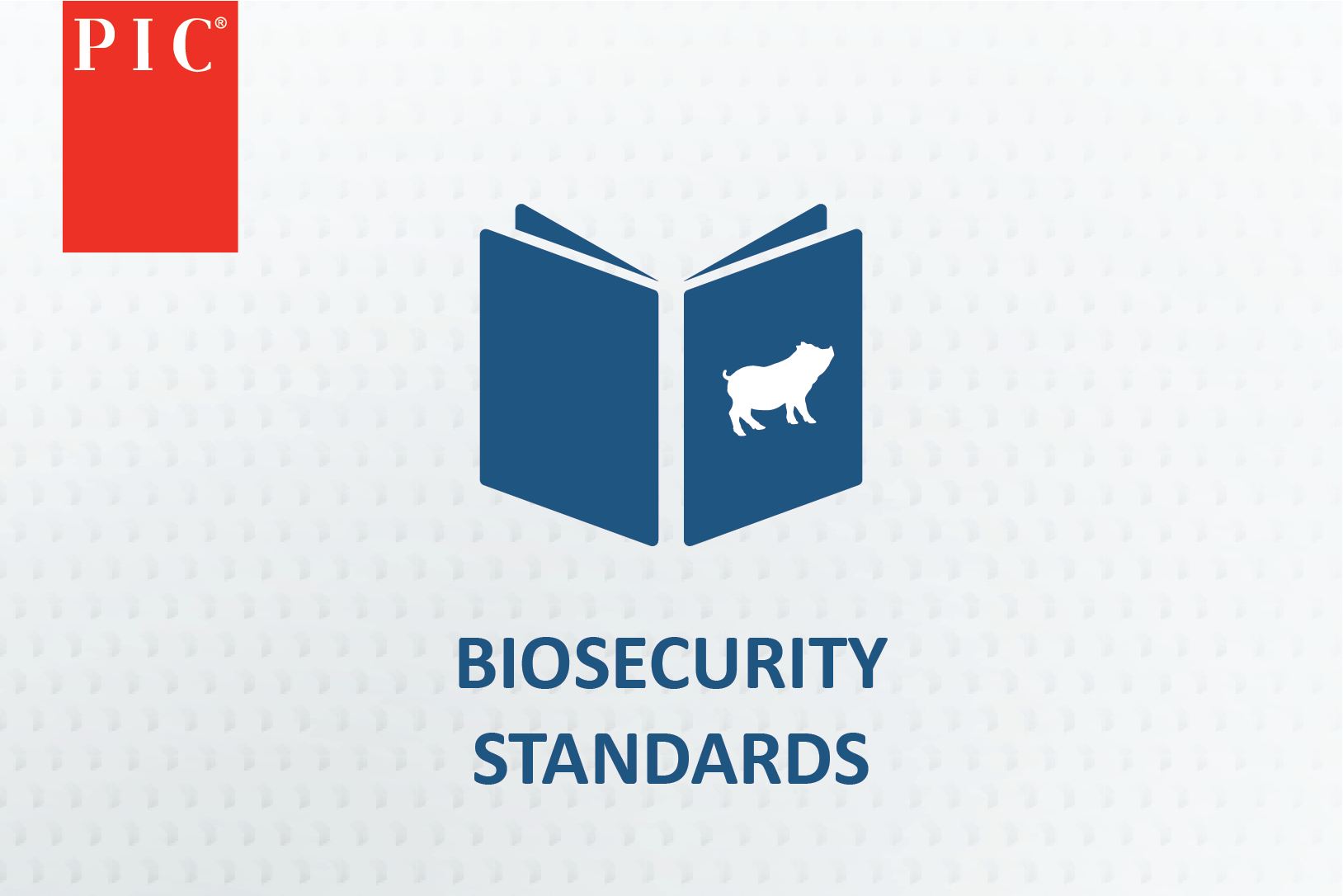Pig health status should be at the top of the list when managing wean-to-finish barns, but sometimes it slides down the priority list.
Operations with introduced disease challenges suffer immediate financial losses and might be at risk for further losses later.
Pig health status is one of four key drivers of wean-to-finish success. The other drivers are quality weaned pigs, nutrient intake and swine marketing strategy. Focusing on these four factors equally and consistently will result in the best outcomes for wean-to-finish operations.

Maintain pig health
Assume the pigs entering the wean-to-finish system are quality weaned pigs. A quality weaned pig originates from a sow farm with stable health status. This sow farm delivers pigs that are uniform in age and weight and are thrifty with good appetites. Their immune systems are strong from their adequate colostrum intake and the low-stress, comfortable environment from where they came. They have been immunized appropriately.
The goal is to maintain the health of the quality weaned pig through the grow-finish phase, capitalizing on the efforts of a stable sow unit and a quality weaned pig. To uphold pig health status, ensure proper nutrient intake and environmental conditions, and prevent pathogens from entering the farm with a swine biosecurity plan.
Most wean-to-finish barns address weaned pig feed intake and environmental conditions adequately. It’s the development and implementation of swine biosecurity practices that fall by the wayside.
To reduce risk, focus on these three areas first:
1. Add one or more biosecurity layers
When many facilities were built, showers were not included. Your biosecurity plan must use what you have, but adding additional physical biosecurity layers to the barn, if possible, can strongly reduce the risk of pathogen entry.
Adding showers is the best way to ensure total adherence to many critical biosecurity protocols that cut risk substantially. Strongly consider adding showers if your facilities do not include them.
2. Follow swine biosecurity practices when disinfecting
Pathogens can quickly enter your farm through pig contact with contaminated loading chutes, transport trucks and other equipment. They must be cleaned properly every time.
A contaminated chute or truck will offset all the biosecurity protocols implemented at the breeding herd to protect the health status of the quality wean pigs you’re receiving. This is a high-risk point that needs to be managed closely. To disinfect, use power washers and appropriate cleaners/disinfectants with correct contact and drying times.
3. Audit, review and update your swine biosecurity practices
Your herd veterinarian should do an in-depth, formal audit annually to make sure the plan is implemented and working. This includes examining any issues from the past 12 months, updating biosecurity protocols and more.
Work with your veterinarian to conduct informal audits in between to address any risk areas identified.
Need resources to help develop a biosecurity plan? Check out PIC’s BioShield™ biosecurity manual and biosecurity training videos in English or Spanish.






